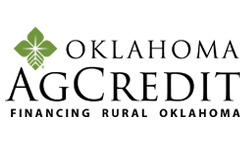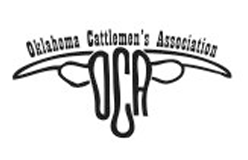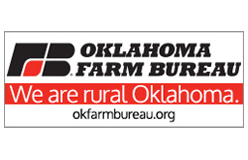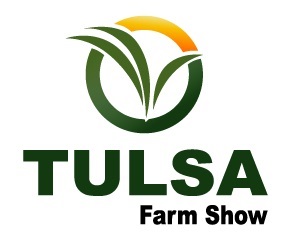
Processing and weaning plans are underway for spring calving herds. I don’t have to tell you that the value of these calves are very high. Producers would benefit from some plans to minimize stress and maintain health. Research has proven that low stress cattle handling and proper vaccination helps calves perform as stockers and in the feedyard. Read on for some insight on best management during weaning.
- Vaccinations & Management:
The Oklahoma Quality Beef Network (OQBN) provides a research proven guide for management and vaccination of newly weaned calves. The OQBN program requires that cattle are raised from the ranch of origin, weaned a minimum of 45 days, and are bunk trained. Bull calves must be castrated, and all calves must be dehorned. All calves should be healed from these procedures and appear in good health on sale day.
The OQBN vaccination guide for this program include two rounds of a Clostridial vaccine (Blackleg), two rounds of a 5-way Respiratory vaccine, and 1 round of a Mannheimia haemolytica vaccine (Shipping Fever). All vaccines should be given according to label instructions and be complete three weeks prior to sale.
In addition to vaccination, the weaning environment makes a big difference in the health status of calves. Initially putting calves in a familiar pen or trap with some shade will help smooth the weaning transition. With current temperatures above normal, ensure that newly weaned calves are not put into a hot, dusty dry lot. Consider the guide above but I encourage producers to work with a veterinarian to develop a weaning plan targeted to your operation. If you don’t have a vet, there is no better time than the present!
- Calf Nutrition should not be an after-thought.
Weaning nutrition is one of the most important times to pay attention to detail. Producers should be prepared to provide calves with familiar feeds that are palatable and provide a greater concentration of nutrition to compensate for low intake. Some producers may choose to feed a small amount of range cubes on good grass. Other producers may elect to use a complete ration. Despite the choice, feeds and forages for newly weaned calves should be highly palatable. In a ration high energy/high fiber-based commodities such alfalfa, soybean hulls, and wheat midds are appropriate. Whole corn is also a good partner with these feeds and is often locally available. Start calves on a palatable ration at 1% of body weight and increase slowly over several weeks.
- Retaining Calves? Consider Insurance.
Recently a producer told me he just can’t bear to sell his calves at 600 pounds; he would rather put some gain on them and sell in the Spring. I totally understand this sentiment. There are a variety of situations that keep producers from selling early (taxes, wheat pasture, forage stocks). If you have the same feeling as the producer above, I encourage you to consider Livestock Risk Protection (LRP) to insure calves at a value that retains your profit. Also, death loss is a reality. In this market, the loss of one calf at a value of $2000 is a real hit to the budget. In reality, it seems like the prices of calves will stay high, but markets are a funny thing and can fluctuate with the news cycle. It would be unfortunate to be caught in a dip in the market and miss out on some immense profit.
With that, Happy Fall! May all your calf-working be peaceful, your vaccinations be well placed and luck be in your favor! If you have any questions about vaccinations, nutrition, or LRP, please contact your local county OSU Extension office – we are happy to help you!

















